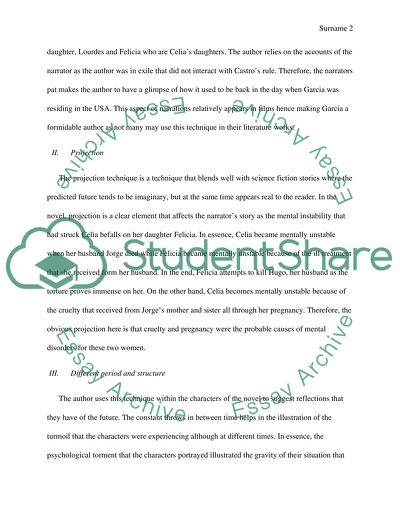Cite this document
(“Dreaming in Cuban by Cristina Garcia Essay Example | Topics and Well Written Essays - 1500 words”, n.d.)
Retrieved from https://studentshare.org/history/1478801-dreaming-in-cuban-by-cristina-garcia
Retrieved from https://studentshare.org/history/1478801-dreaming-in-cuban-by-cristina-garcia
(Dreaming in Cuban by Cristina Garcia Essay Example | Topics and Well Written Essays - 1500 Words)
https://studentshare.org/history/1478801-dreaming-in-cuban-by-cristina-garcia.
https://studentshare.org/history/1478801-dreaming-in-cuban-by-cristina-garcia.
“Dreaming in Cuban by Cristina Garcia Essay Example | Topics and Well Written Essays - 1500 Words”, n.d. https://studentshare.org/history/1478801-dreaming-in-cuban-by-cristina-garcia.


